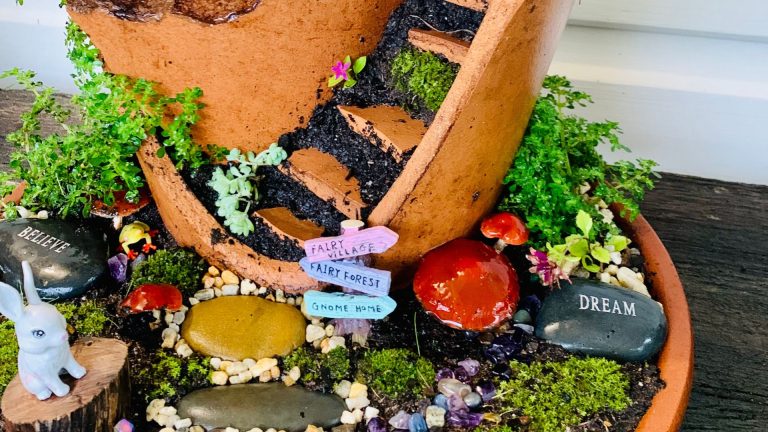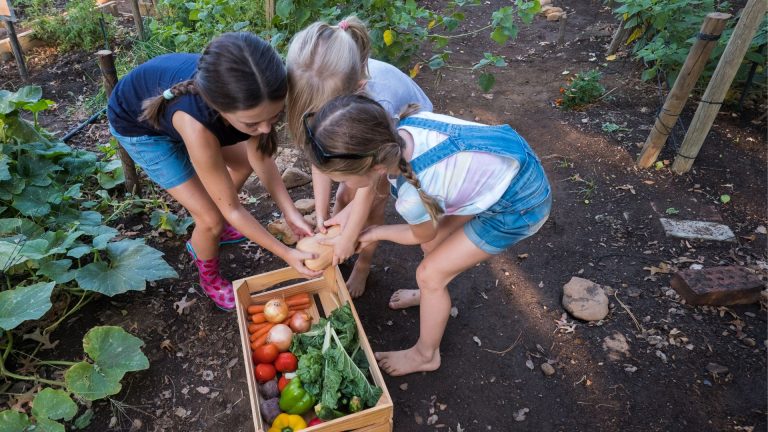Make Learning Fun with Nature Scavenger Hunts: Tips and Ideas for Kids
Spending time outdoors is one of the best ways to engage children’s natural curiosity and give them a hands-on learning experience. A fantastic way to make outdoor time both fun and educational is by organizing a nature scavenger hunt. Whether you’re in a park, your backyard, or out on a nature trail, a scavenger hunt is a thrilling activity that connects kids to the natural world while developing their observation skills, creativity, and teamwork.
In this blog post, we’ll explore why nature scavenger hunts are such an exciting and beneficial activity for kids. We’ll also offer tips on how to organize your own scavenger hunt, and suggest some creative ideas to make the hunt more engaging. So, let’s get ready to explore the great outdoors and spark some adventure!
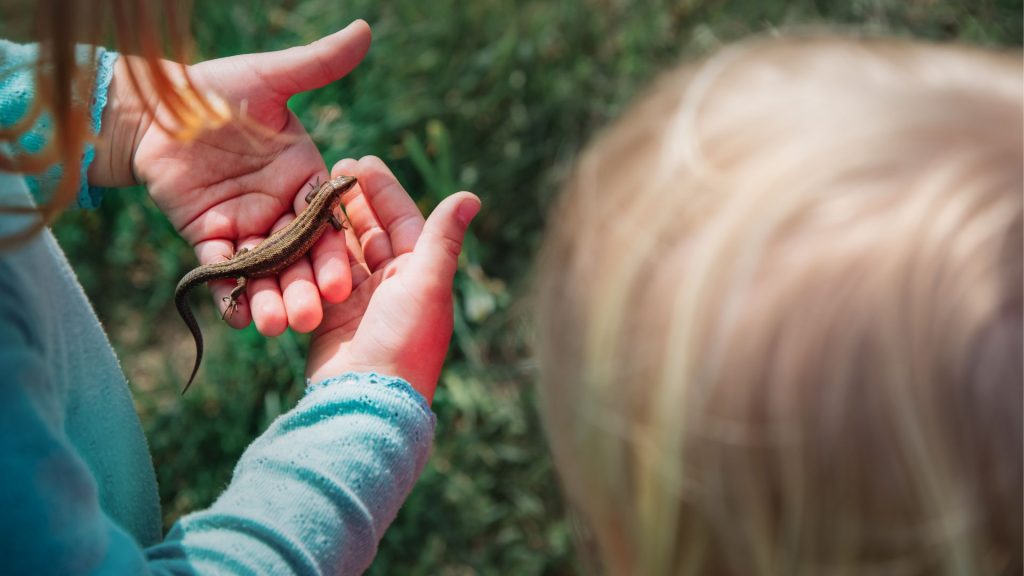
1. Why Nature Scavenger Hunts Are Important for Kids
Nature scavenger hunts provide so much more than just an exciting outdoor activity. They combine the benefits of play with valuable educational elements that enhance children’s growth and development.
Educational Benefits:
Scavenger hunts are a fun and effective way to teach children about nature, science, and the environment. As kids look for different objects in the natural world, they learn to identify various plants, animals, insects, rocks, and more. You can introduce them to concepts such as ecosystems, biodiversity, and the importance of conservation. This encourages children to develop a lifelong appreciation for nature.
Enhances Observation Skills:
In a world full of distractions, one of the key skills children can develop from a scavenger hunt is the ability to focus and observe their surroundings closely. Looking for specific items in nature requires kids to be mindful of the details and pay attention to what’s around them. This enhances their attention span and helps develop their cognitive skills.
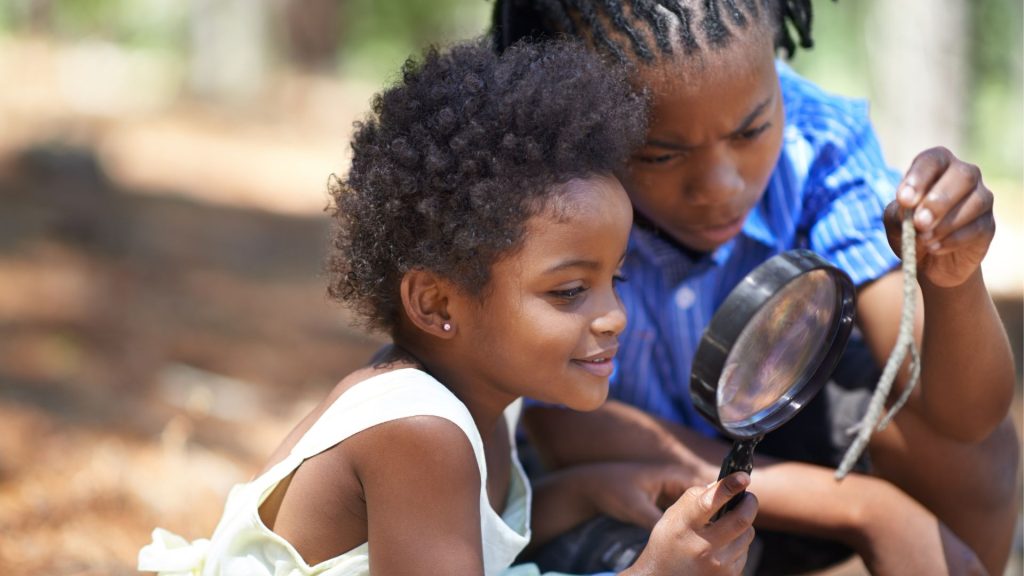
Promotes Physical Activity:
Scavenger hunts are also great for getting kids moving. Whether they’re running to find something, walking quietly through the woods, or bending down to pick up an interesting leaf, the activity involves a variety of movements that promote physical health. It’s an ideal way to get children outdoors and away from screens, while still engaging them in a purposeful activity.
Encourages Critical Thinking and Problem-Solving:
While some scavenger hunts involve finding simple items, others can be more complex, requiring kids to think critically about how to find and categorize objects in the environment. They may need to figure out where to look for specific plants or animals, how to identify certain leaves, or how to complete clues that lead to the next item on the list. This engages their problem-solving abilities and encourages them to think creatively.
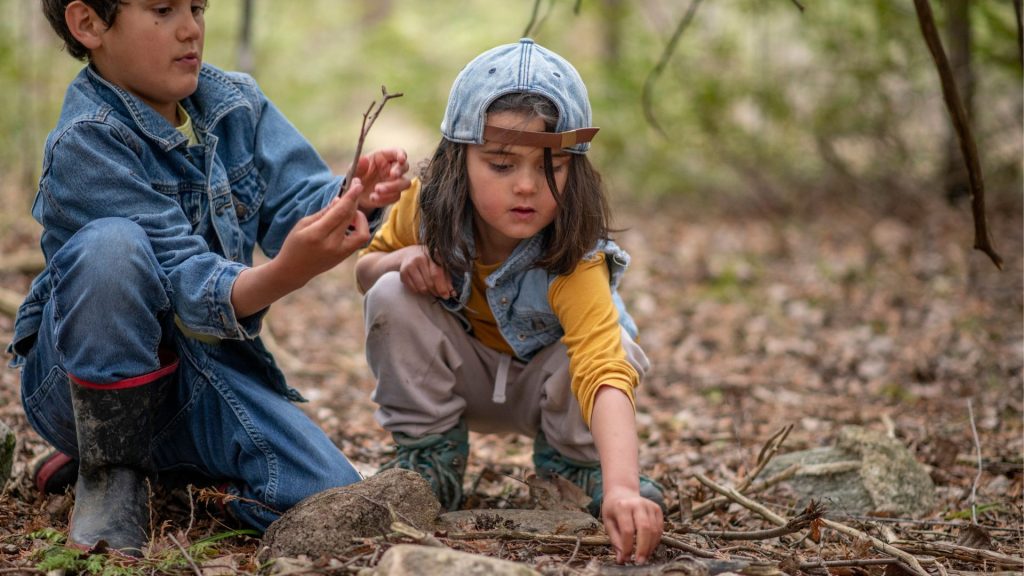
2. How to Organize a Nature Scavenger Hunt
Now that we know why nature scavenger hunts are so great for kids, let’s explore how you can organize one! It’s easier than you think, and the best part is, it’s a completely customizable activity.
Step 1: Choose the Location
Before you start, pick a location for your scavenger hunt. This could be your backyard, a local park, or a nature reserve. The more diverse the environment, the more opportunities you’ll have for variety in your list of items. Think about the season too—different times of the year offer different types of nature to explore.
- In the Backyard: You’ll find leaves, rocks, insects, flowers, and maybe even some small animals.
- At a Park: Parks usually have trees, ponds, birds, squirrels, and various plants. You may also come across natural landmarks like benches, fountains, or logs that can be added to your list.
- On a Nature Trail: If you’re near a forest or hiking trail, look for wildlife tracks, wildflowers, specific trees, mushrooms, and larger wildlife like birds or deer.
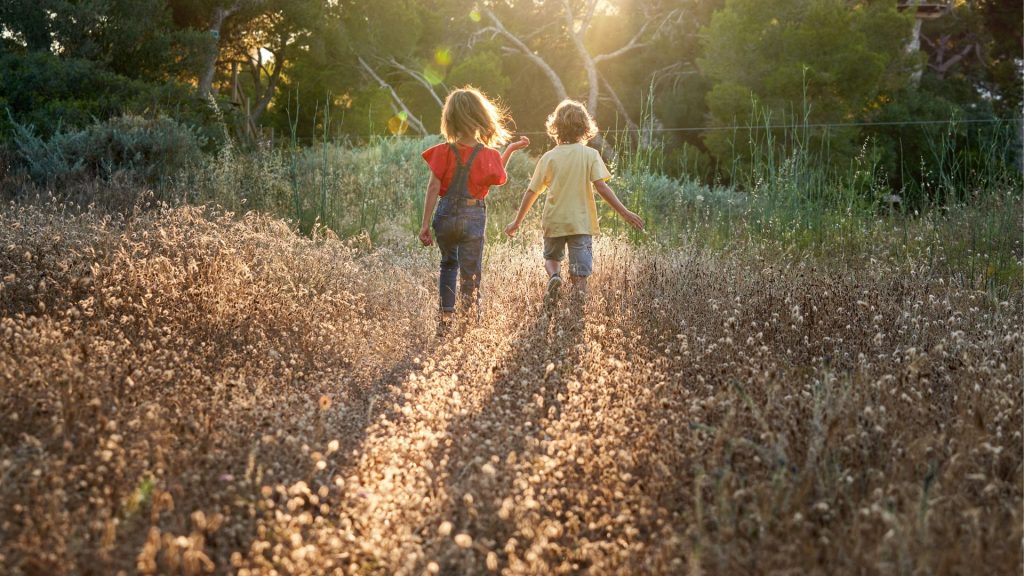
Step 2: Create a List of Items
The most important part of a scavenger hunt is, of course, the list! It’s up to you how challenging or simple you want to make it. For younger children, keep the list short and focus on easily recognizable items like leaves, rocks, flowers, or sticks. For older kids, you can add more challenging items like specific types of animals, patterns in the bark of trees, or even clues based on natural phenomena (e.g., “find a place where the sunlight shines through the leaves”).
Here’s a sample list of items you can include in a nature scavenger hunt:
- A red leaf
- A smooth rock
- A feather
- A flower with five petals
- A spider web
- A bird’s nest
- A tree with rough bark
- Something that makes noise (like a bird or a rustling leaf)
- A pinecone
- A bug or insect (like a ladybug or ant)
For a more specific scavenger hunt, you can tailor it to your location:
- “Find a pine tree” or “Find a plant with thorns.”
- “Look for animal tracks in the dirt” or “Find a bird’s song in the trees.”
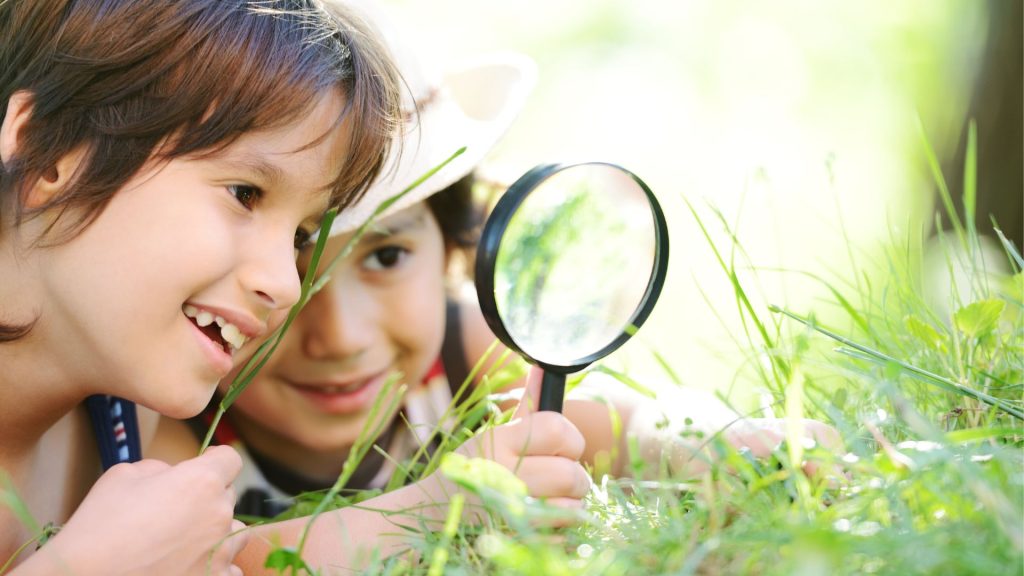
Step 3: Set the Rules
Now that you have your list, it’s time to set some ground rules. Be sure to go over the rules with your kids before you start the hunt:
- Respect Nature: Remind kids that they should not disturb wildlife or damage plants. For example, they can take photos of plants and flowers instead of picking them.
- Teamwork: If you have a group of children, you can divide them into teams and encourage them to work together to check off items on their list. This promotes collaboration and teamwork.
- Time Limits: If you’re looking to make it a timed challenge, set a specific amount of time for the hunt. For example, “You have 30 minutes to find as many items as possible.”
- Safety First: If the hunt is in an area with potential hazards (like near water, sharp rocks, or poison ivy), be sure to remind kids to stay alert and stay within safe boundaries.
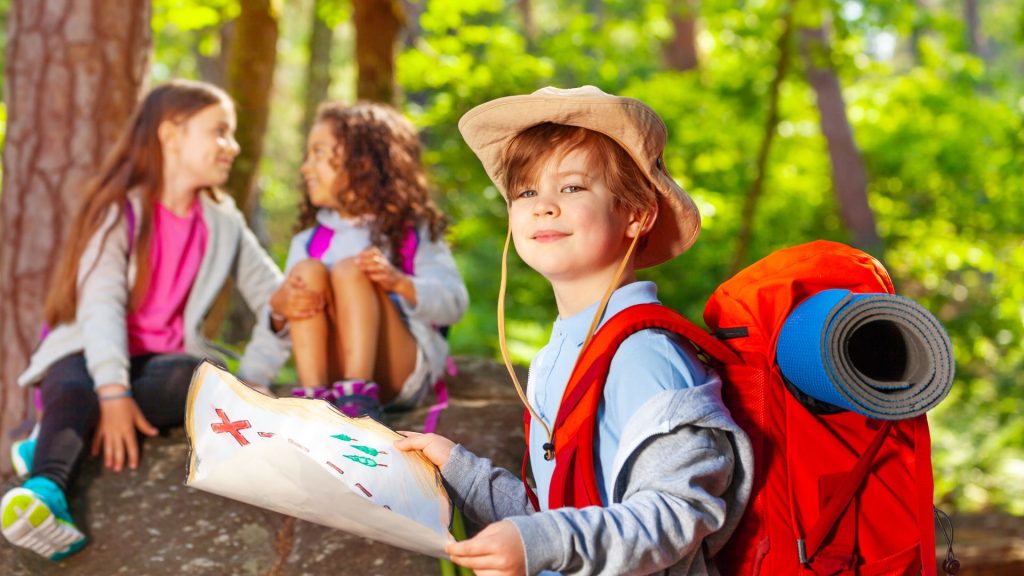
Step 4: Gather Supplies
While a nature scavenger hunt doesn’t require many materials, there are a few items that can make the experience more enjoyable:
- A Scavenger Hunt List: Print out a copy of the items to check off. For younger kids, you can create a picture-based list.
- A Bag or Basket: Provide kids with something to collect their findings in. A small basket, paper bag, or even a backpack works well.
- Binoculars or Magnifying Glasses: These tools help kids get a closer look at nature and investigate the finer details of their findings.
- Notebook and Pen: If your child is older, encourage them to take notes or sketch what they see. This helps develop their observational and journaling skills.
Step 5: Enjoy the Hunt!
Once everything is ready, it’s time to begin the scavenger hunt! Encourage kids to explore their surroundings, stay engaged with the list, and enjoy the beauty of nature. If they get stuck or have trouble finding an item, don’t be afraid to offer a little guidance, but let them do the searching themselves as much as possible.
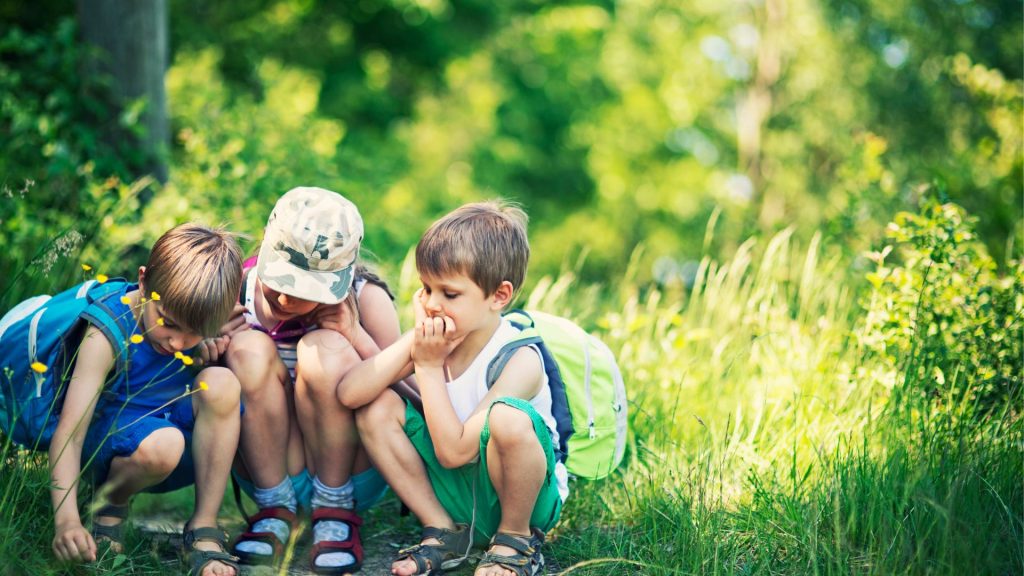
Step 6: Celebrate the Findings
After the scavenger hunt, gather together and share what everyone found. You can compare the objects each child collected, share interesting facts about their discoveries, and even discuss what worked and what didn’t. It’s a great way to recap the learning experience and reinforce the educational benefits of the hunt.
3. Creative Ideas to Spice Up the Scavenger Hunt
To make your nature scavenger hunt even more fun, try incorporating these creative ideas:
- Themed Hunts: Add a twist to the traditional scavenger hunt by making it themed. For example, you could have a “Bug Hunt,” “Leaf Hunt,” or “Color Hunt” where kids are asked to find natural objects of a specific color, shape, or type.
- Clue-Based Hunts: Instead of just a list of items, create a series of clues that lead the kids from one location to the next. Each clue could be a riddle or a fun fact about an item they need to find.
- Photo Hunts: If you have older kids, consider a “photo scavenger hunt,” where they need to snap pictures of the items they find rather than collecting them. This encourages them to explore further and use their observation skills more creatively.
- Nature Bingo: Create bingo cards with different nature-related images. As children find each item, they mark it off on their card. The first to complete their card wins a small prize!
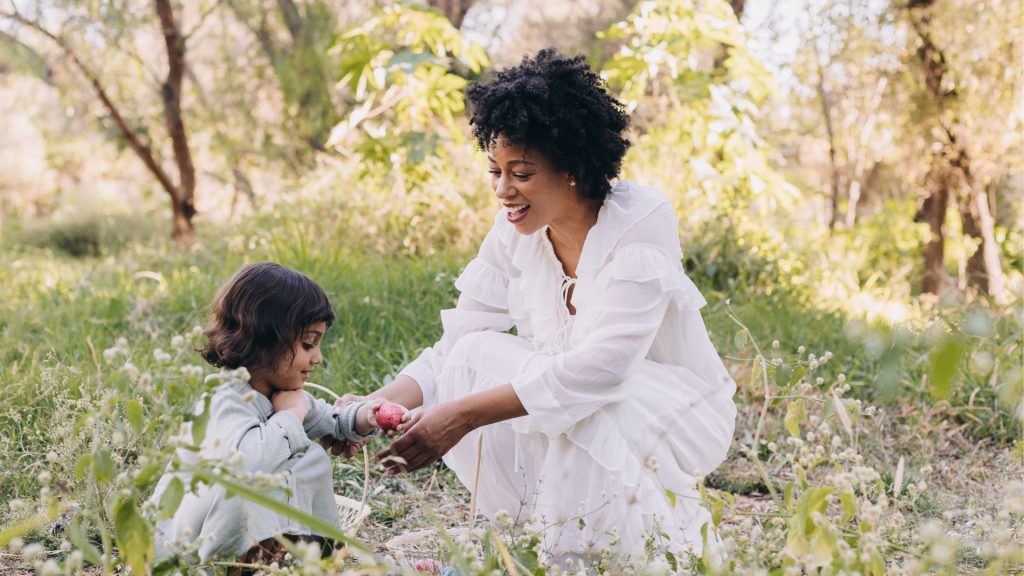
Sunny Thoughts
Nature scavenger hunts are a fantastic way to engage kids with the outdoors, enhance their learning, and encourage physical activity, all while having fun. Whether you’re exploring your backyard or heading to a local park, these hunts offer endless opportunities for children to connect with the natural world, build their observation skills, and learn about the environment.
The best part? They’re customizable for any age, skill level, or location, meaning you can enjoy a scavenger hunt no matter where you are. So grab your list, put on your shoes, and let the adventure begin!
Have you ever organized a nature scavenger hunt with your kids? What items did you include on your list, and how did the kids enjoy it? Share your experiences in the comments below!





